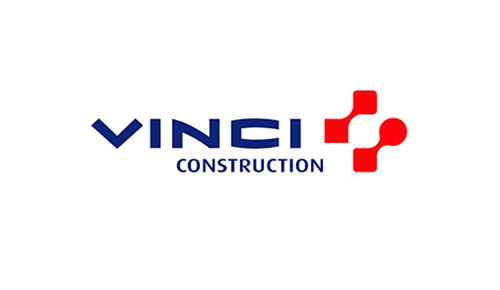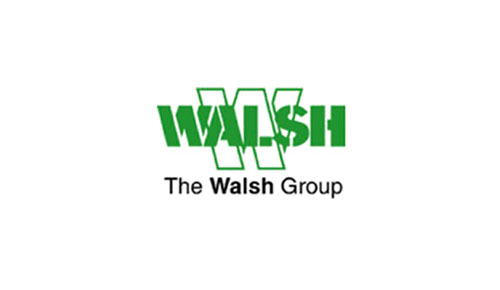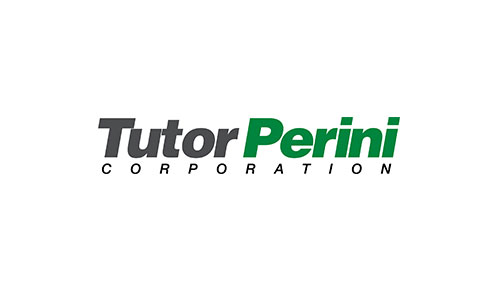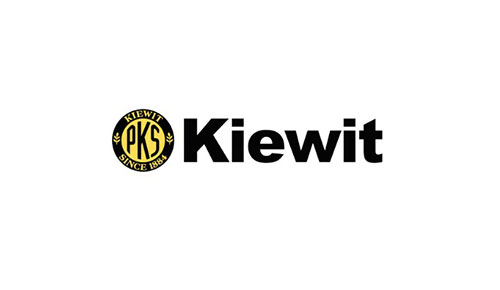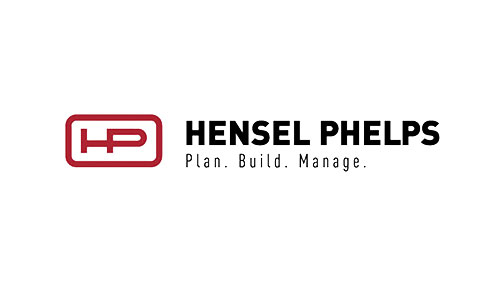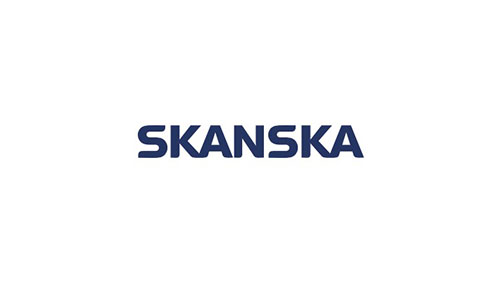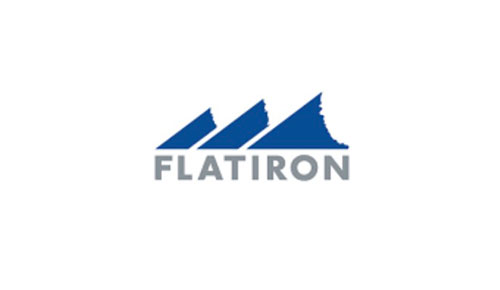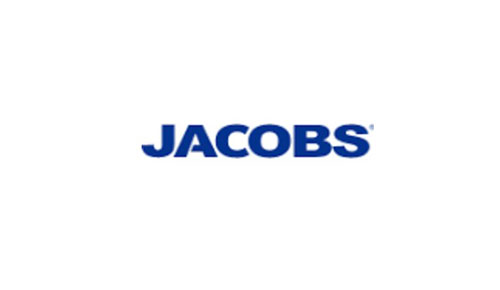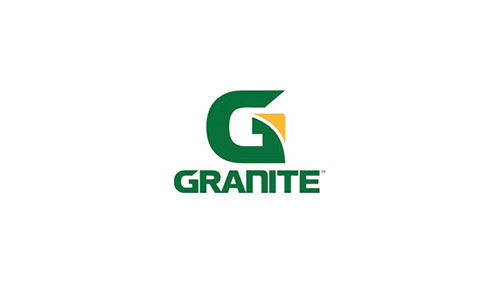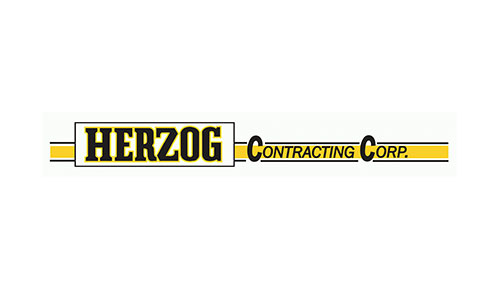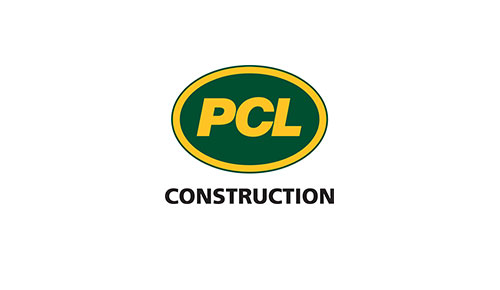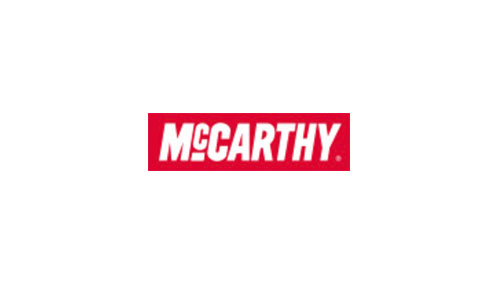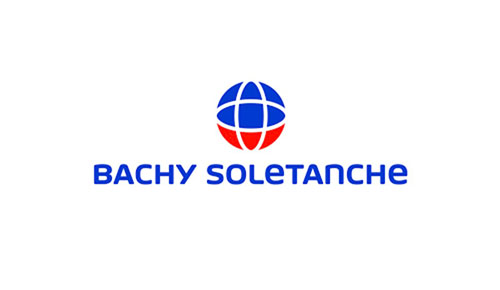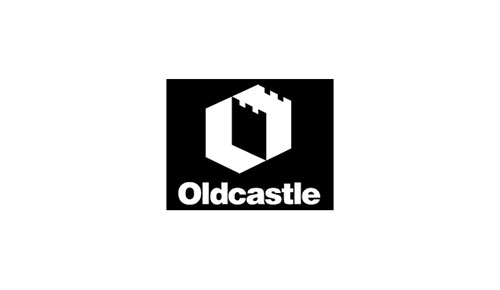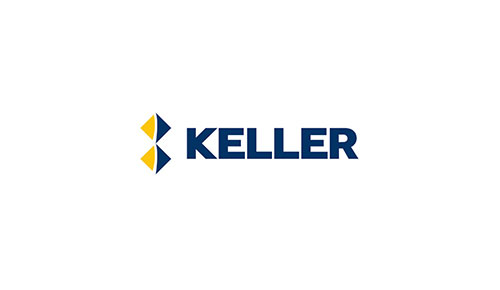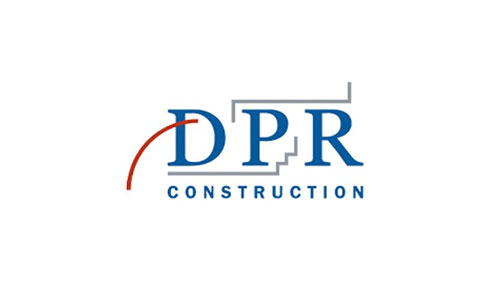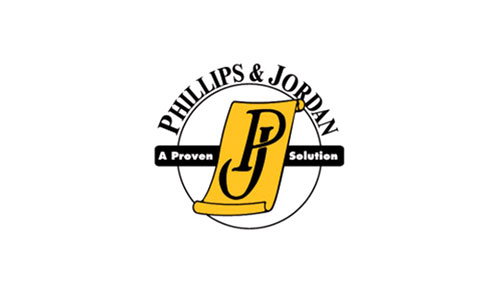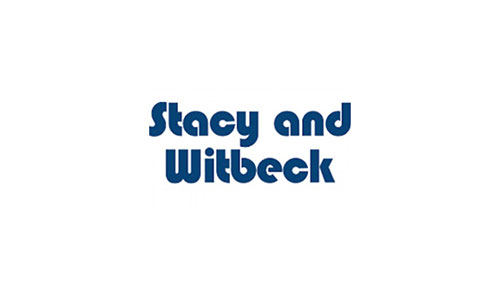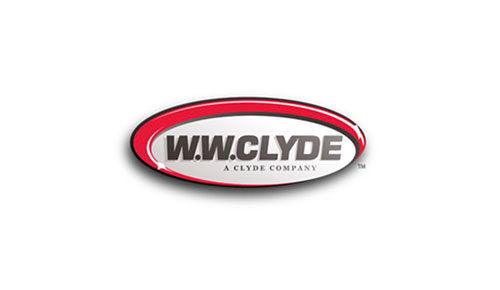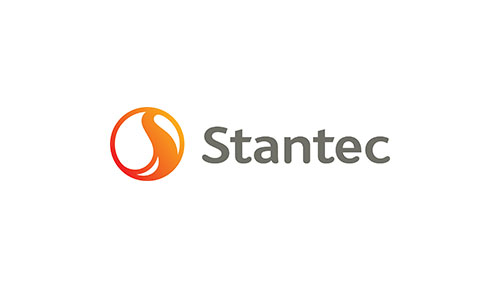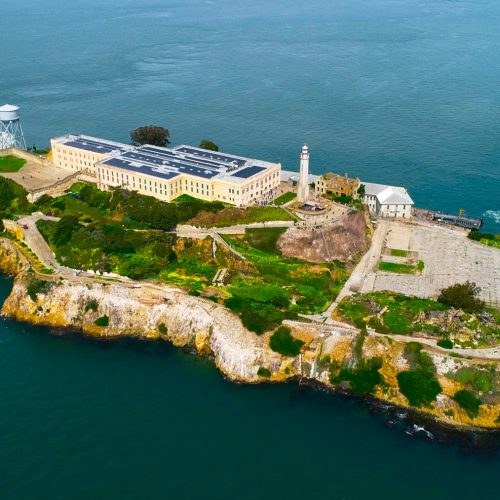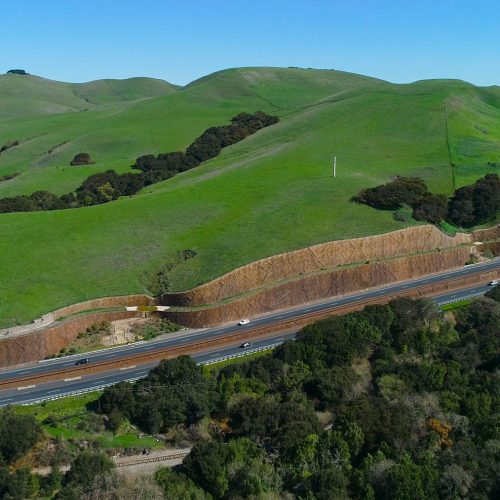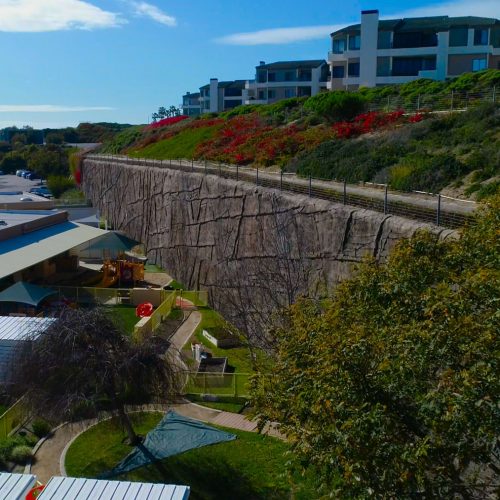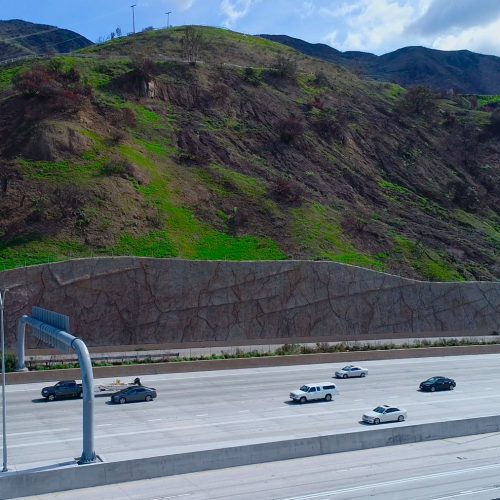Boulderscape
Below is a list of shotcrete specifications that we get the most requests for from inspectors, General Contractors, and Engineers. For a complete set of ACI 506 shotcrete specifications visit www.concrete.org. The following ACI Shotcrete sections may be out of date. Please visits the ACI website for the most current Shotcrete specifications.
The specifications written in the ACI 506 manual for shotcrete are guidelines for the proper installation of quality concrete and in most cases should always be followed. Although there are always special circumstances that all shotcrete installers run into from time to time that the 506 doesn’t apply. It is in those situations that we have to use our best judgement and experience to create that successful placement.
What Is
Shotcrete?
Shotcrete is a method of applying concrete projected at high velocity primarily on to a vertical or overhead surface. The impact created by the application consolidates the concrete. Although the hardened properties of shotcrete are similar to those of conventional cast-in-place concrete, the nature of the placement process results in an excellent bond with most substrates, and rapid or instant capabilities, particularly on complex forms or shapes. The shotcrete process requires less formwork and can be more economical than conventionally placed concrete. Shotcrete is applied using a wet- or dry-mix process. The wet-mix shotcrete process mixes all ingredients, including water, before introduction into the delivery hose. The dry-mix shotcrete process adds water to the mix at the nozzle. Ref. ACI www.concrete.org
ACI Nozzleman Requirements:
This specification assures that the shotcrete nozzlemen used on a project (the one placing the concrete) has successfully passed a nozzlemen training course. This requirement is one way of assuring a customer he/she is getting a quality product.
VIEW SPECIFICATIONPreconstruction Testing:
This shotcrete specification not only is used to require testing of the concrete being placed on the project, it also tests the ability of the ACI certified nozzlemen to properly place the concrete within a specified wood inclosure.
VIEW SPECIFICATIONGauging of Wall Thickness and its Flatness (Alignment Control):
This specification helps assure that the wall(s) thickness and straightness are meeting job site specifications.
VIEW SPECIFICATIONStraightness of Wall Guideline (Class of Surface A,B,C,D):
Since the ACI shotcrete specifications do not include founding guideline for wall straightness/flatness (tolerances), wall designers and others turn to the ACI 347 concrete guideline “Guide to Concrete Formwork”. In the shotcrete industry it is standard to meet a Class B standard when installing an “untouched” nozzle finish. When installing a finer finish such as a “steel trowel” finish, a Class A standard guidelines are usually required.
VIEW SPECIFICATIONReinforcement Requirements for Shotcrete Installation:
This shotcrete specification is written as a guideline for placing reinforcement in such a way that completely encasing the reinforcement during the shotcrete process becomes much more viable.
VIEW SPECIFICATIONShotcreting Walls Thicker Than 6”:
This shotcrete specification gives direction on how to achieve the placement of thicker walls using the “Bench” method. We’ve installed walls thick as 52” using this method.
VIEW SPECIFICATIONUsing Rheology Control Agents in Place of Silica Fume:
This article talks about the benefits of using a rheology control agent instead of the silica fume additive when designing a high performance shotcrete mix.
VIEW SPECIFICATIONShotcrete Panels for Evaluation and Testing:
This article discusses the different types of shotcrete panels there are and the testing method for each.
VIEW SPECIFICATIONReinforcing Bar Shadowing and What You Can Do:
This article identifies improper reinforcement incasement and the corrective methods used to reduce or eliminate this issue.
VIEW SPECIFICATIONIncomplete Shotcrete Work at End of Shift (Construction Joints):
This shotcrete specification gives direction on how to end and start incomplete shotcrete work at the end and beginning of a days shift.
VIEW SPECIFICATIONShotcrete Curing:
This shotcrete specification gives direction on different kinds of curing systems, chemicals, materials, and thermal requirements. Additional curing Specs found in ACI 308.1-98 and 506.2.
VIEW SPECIFICATIONCuring in Cold Temperatures:
This specification gives direction on the minimum PSI needed to be reach before exposing concrete to the cold.
VIEW SPECIFICATIONBonding New and Hardened Concrete Together (SSD Method):
This shotcrete specification gives direction on how to properly prepare hardened concrete to receive a new layer of shotcrete placed concrete. This method has been proven to outperform epoxy bonding agents. See the SSD Method article in our “shotcrete articles” section of our website for an in-depth study on bonding two layers of concrete together use the Surface Saturated Dry Method.
VIEW SPECIFICATIONHot-Weather Shotcreting:
This shotcrete specification gives guidelines as to how to place, treat, and cure concrete when shotcreting in those hot summer months. Specs such as ACI 301 and ASTM C94 state the concrete should be in place 90 minutes after mixing water has been added to the mix. With todays technology, this should not always apply. With custom admixes such as Hydration Stabilizers, one can put the concrete to sleep for 10 plus hours before placing and finishing and still meet the project compression specifications.
VIEW SPECIFICATIONTesting Concrete During the Shotcrete Process:
This shotcrete specification gives guidance as to how many production test panels should be shot during each day of shotcrete and various testing methods.
VIEW SPECIFICATION
